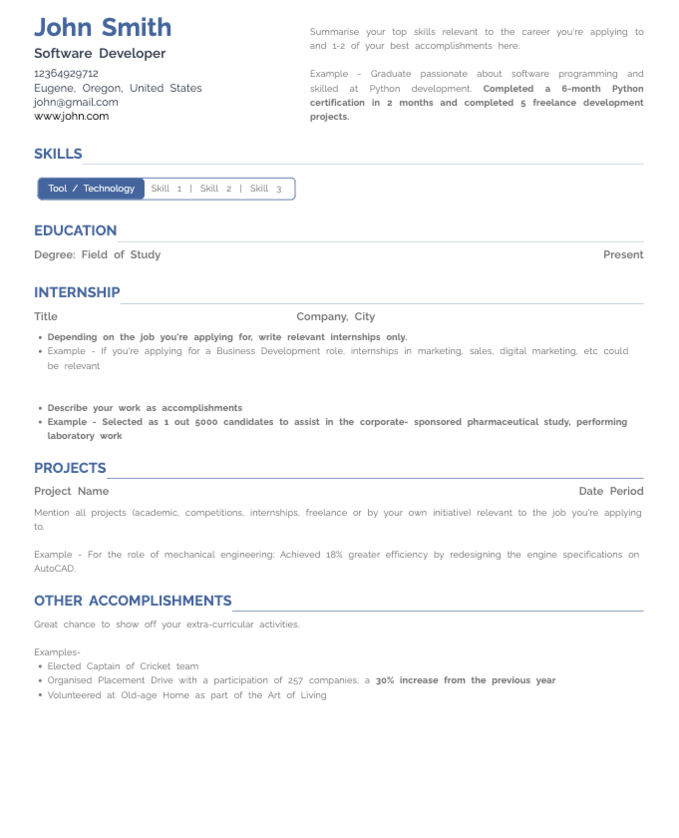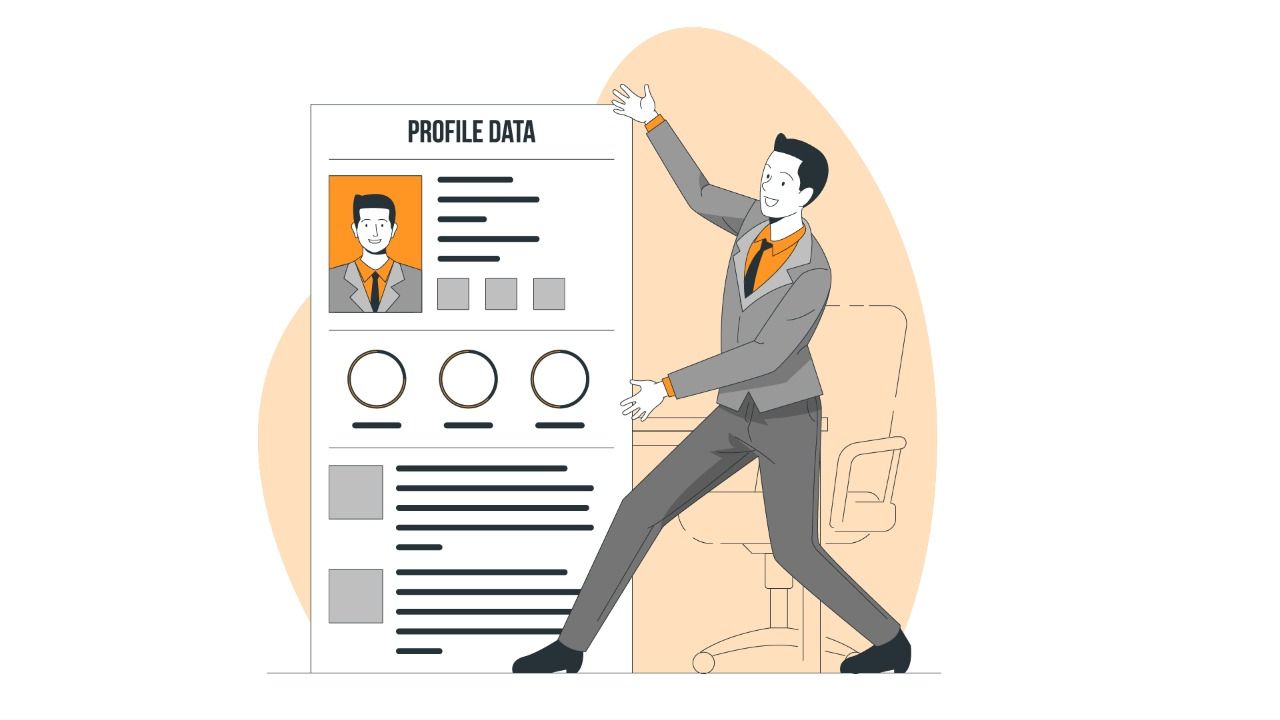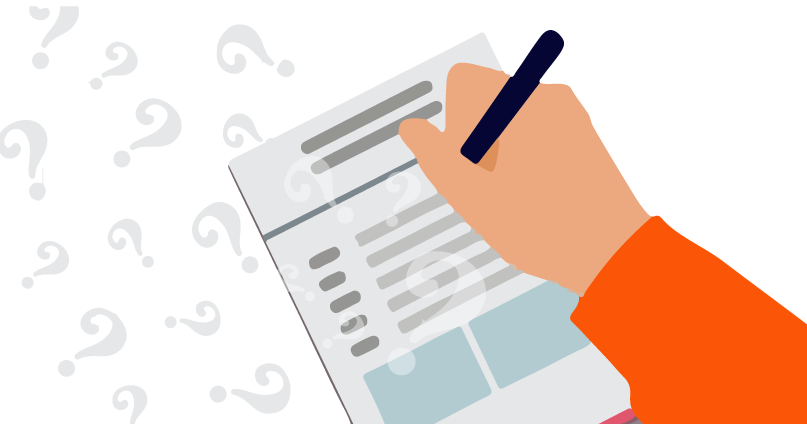Brilliant Cover Letter Examples: How to Write Guide
8 Minutes read
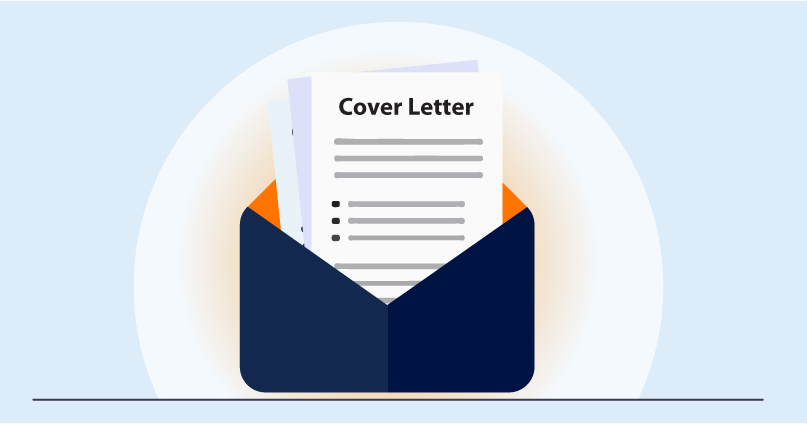
“Why, a cover letter? My resume will speak for itself!” may be the thought running through your mind right now.
Well, the best way to help you understand the vital role played by a great cover letter, in ensuring your resume actually gets an opportunity to speak for itself, is through an analogy.
Picture this: It is the festive season and gifts from friends and acquaintances have started pouring in. While opening these gifts, which are the ones that you would automatically reach out for first?
The ones which have personal handwritten notes, right!
Well, that is exactly the role played by a cover letter.
Amidst the hundreds of resumes which are received by the hiring manager of an organization, a personally addressed cover letter is just what might make the difference between your resume getting to the ‘To be Read’ pile rather than being rejected outright.
Here we will take you through the entire process of writing a cover letter with examples; starting with understanding exactly what a cover letter is, right up to creating a brilliant cover letter.
A ‘Cover Letter’ in the simplest terms, is a one-page letter which is sent along with any document (in this case, your resume), in order to explain its contents.
A cover letter, also known as an application letter, is a document that you send together with your resume to provide additional information about your relevant abilities and experiences.
It normally consists of three to four paragraphs that emphasize your relevant abilities, expertise, and accomplishments.
Because resumes are condensed fact sheets, submitting a cover letter with your resume can help hiring managers understand more about you, your accomplishments, and how you can benefit their organisation.
Employers frequently utilise cover letters to screen job candidates prior to moving on with the recruiting process.
A cover letter is vital since it expands on the information in your resume and serves as the hiring manager's initial impression of you. Employers use cover letters to whittle down the applicant pool and choose the applicants for an interview.
Some positions demand a cover letter, while others do not, to determine whether candidates will make the extra effort.
When it comes to job applications, the correct cover letter format should contain the following 6 mandatory segments:
Personal Details – Personal Details in your cover letter will contain your name, email id etc.
Addressee – Addressee in the cover letter will include the name and designation of the person who is the hiring manager/in-charge, for the role you are applying for.
Opening Paragraph - Opening Paragraph in cover letter is a couple of lines to catch the attention of the hiring manager and make them want to read more.
Main Body –Main Body in the cover letter should be convincing the hiring manager that, you are the right person for the job.
Closing CTA (Call To Action) –Call CTA (Call To Action) in a cover letter is a closing paragraph which should be a call to action like asking for an opportunity to be interviewed.
Formal Salutation – Formal Salutation in the cover letter is the words like pointed out in the Example: Sincerely, sincerely yours, Yours sincerely or Yours truly.
Using this correct format in cover letter will certainly make your resume good enough to cross the first hurdle and get on to that ‘To be Read’ pile, we mentioned. However, in that very same pile, will be a long line of other applicants (around 40%), having cover letters following the very same, correct format!
You most certainly do not want to be stuck in this generic pile, indefinitely. The sooner your cover letter catches the attention of the hiring manager, the better your chances of impressing them and ensuring you get that interview call.
For this your cover letter needs to be better than good, it needs to be brilliant!
Now, this is where the popular marketing model AIDA comes into play. An acronym for:
A – Attention
I – Interest
D – Desire
A - Action
It is the perfect tool to ensure your cover letter grabs the attention of the hiring manager. Once you have their attention, you then work to impress them with your credentials and professional accomplishments.
As they keep reading more about you, the desire to hire you increases and converts into an interview call.
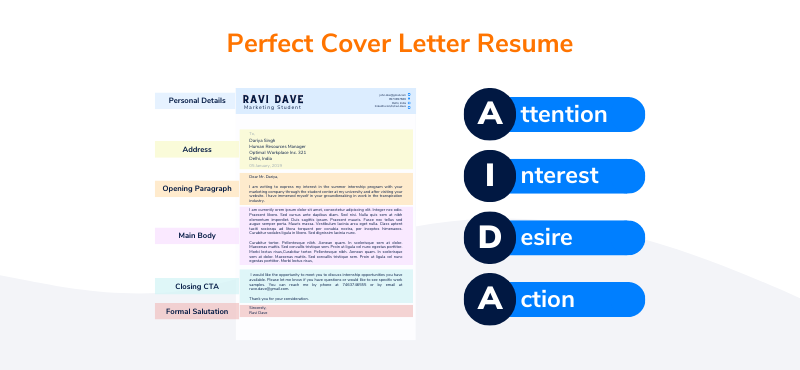
Let us now take a relook at the cover letter format and see how incorporating the AIDA technique into it gives you a winning combination.
There are certain details like your name, email, LinkedIn profile and maybe even links which showcase your work, which should go on the cover letter. Adding your photo, hobbies, legal declaration etc in cover letter is a big no-no.
Correct and Incorrect Examples of Cover Letter:
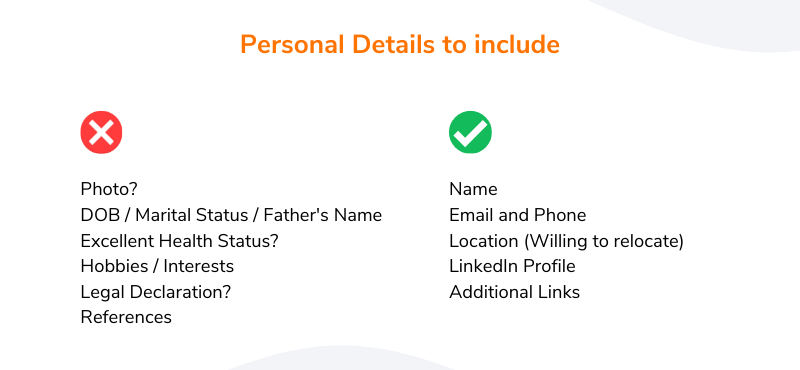
Now comes the part where you get the ‘Attention’ of the hiring manager.
While salutations like ‘Dear Sir/Madam’ or ‘To Whomsoever it may Concern’ were the norm before the onslaught of social media networking, it does not hold good now.
In the current scenario, it is far better to address the hiring manager by name, for not only does it ensure that their attention is grabbed at the very onset, but also goes to show that you have gone the extra mile, by reading up all about the organization and the advertised position.
To get the hiring manager’s name you can either look up the job posting details on the company website/LinkedIn careers or even use your friends/colleagues network to access the information.
Correct and Incorrect Examples in a Cover Letter:
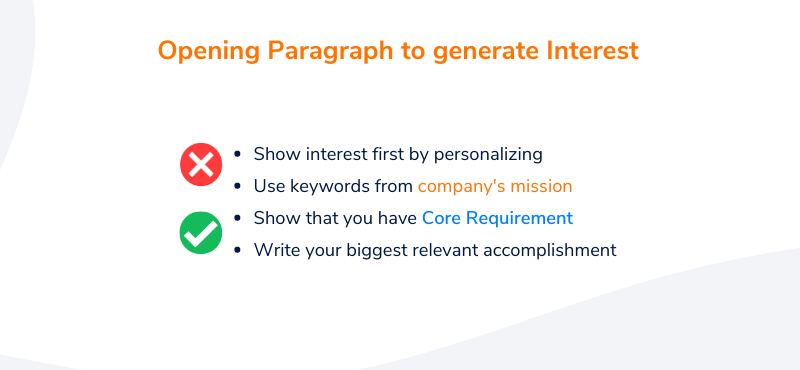
To generate interest in you as a potential candidate, you would first need to show the hiring manager, how interested you are in joining the organization. So go ahead and personalize your opening paragraph of your cover letter, by:
Strategically incorporating keywords from the organization’s mission statement (which will be readily available online)
Showing that you have the core skill required for the advertised position.
Simultaneously highlighting how your core skill will be in keeping with the organization’s mission.
Let us go through a cover letter example, to help you better understand this process.
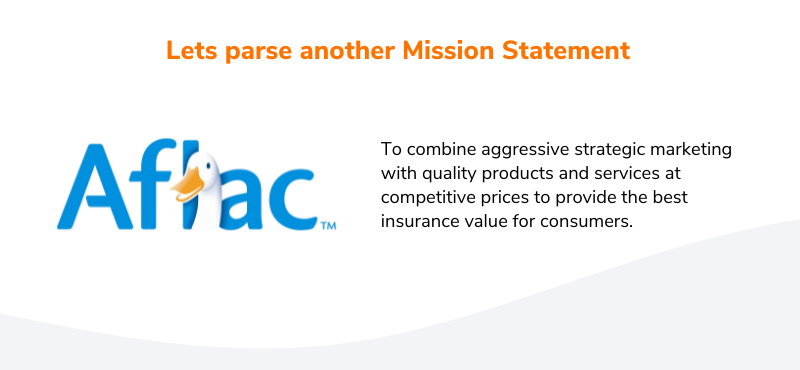
This is the mission statement of ‘Aflac – An American insurance company’.
Here the keywords in the above cover letter are:
Strategic Marketing, Quality Products, Quality Services, Competitive Prices, Best Insurance Value, Consumers
Now imagine you are applying for the post of Customer Service Representative, in this company. For you the relevant keywords to be added in this cover letter would be ‘Quality services’ and ‘Best insurance value’.
So, let us look at an opening paragraph in the cover letter, which will incorporate the two aspects, namely these keywords and your core skill:
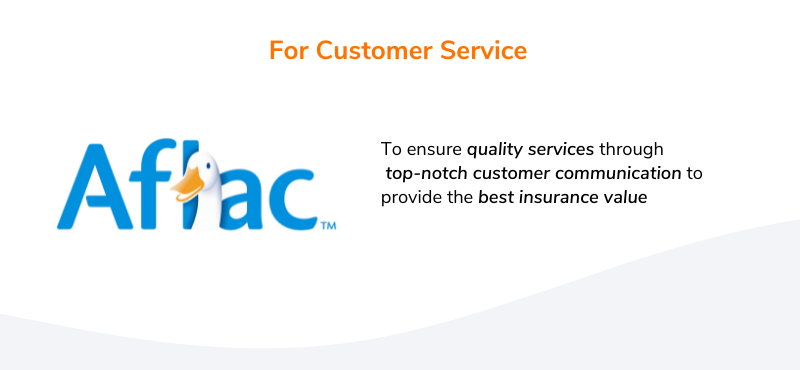
Here in the above cover letter, you are indicating how your core skill, namely ‘Top-notch customer communication’ will definitely ensure that the company delivers on its mission of providing ‘Quality services’ and the ‘Best insurance value’. Now, what better way, to catch the interest of the hiring manager! You are off to a good start.
Now that you have got the hiring manager interested in reading more about you, here comes the part, where you invoke the desire to hire you.
Establishing Interest via the Main Body:
Here you need to convince the hiring manager that you are the right candidate for the advertised job. To do this:
First check the job description and find out the top 3 skills required by you for this job
For each skill give proof from your past work experience or academic qualifications
End the cover letter by asking for an opportunity to be interviewed. An example of the appropriate closing statement to be used is given below, a couple of outdated closing examples are also provided.
Correct and Incorrect Examples CTA in Cover Letter:
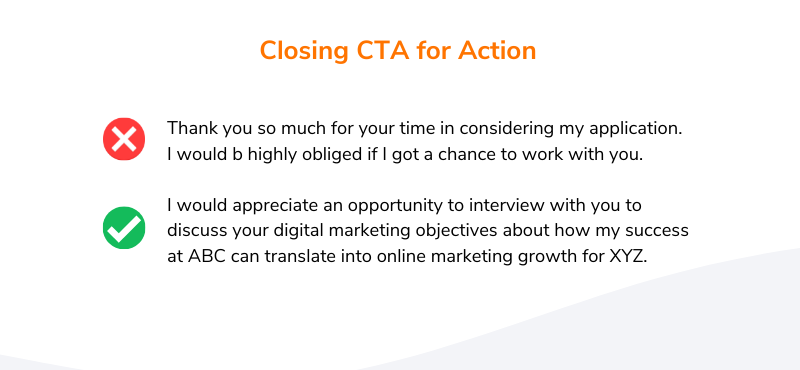
Including the final salutation, these are the mandatory segments your cover letter should have. However there is one additional segment you will need to add, and that is when there has been a gap in your career.
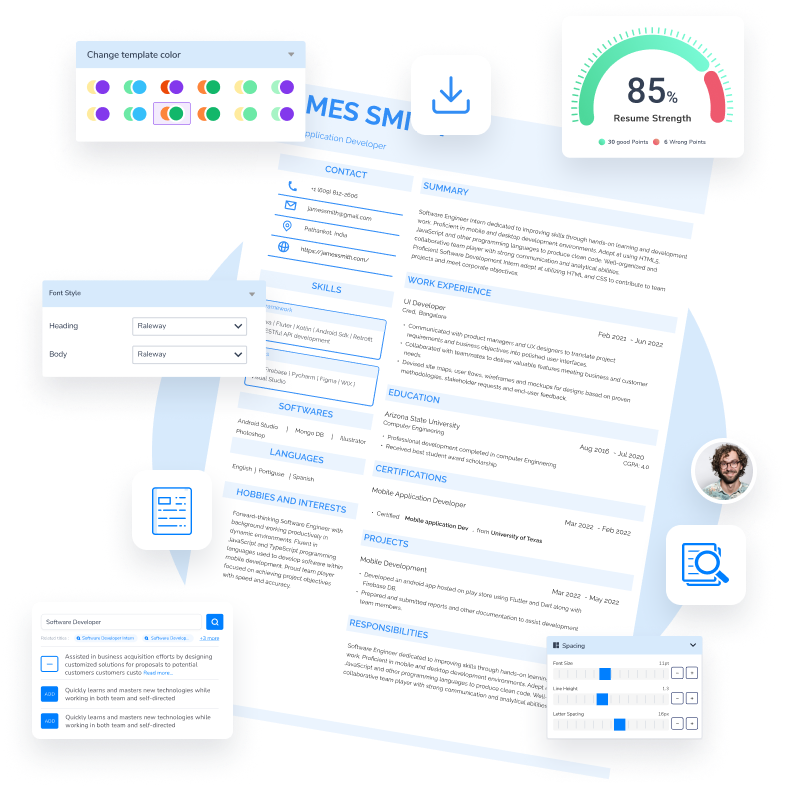
Try Now for Free!

